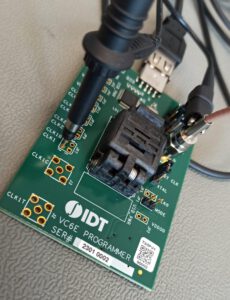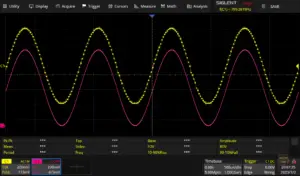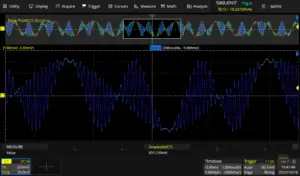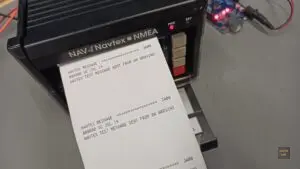Universal Clock Translator using Renesas VersaClock 6E Devices

Due to the popularity of the QO-100 geostationary amateur radio communication satellite, precision GPS reference frequency sources (GPSDO) are becoming more and more common in home labs. The desire to derive different, fixed frequency signals from a GPSDO has similarly been increasing as different devices requiere different reference clocks with different frequencies. Therefore, this article is taking a closer look at the VersaClock 6E devices from Renesas.





